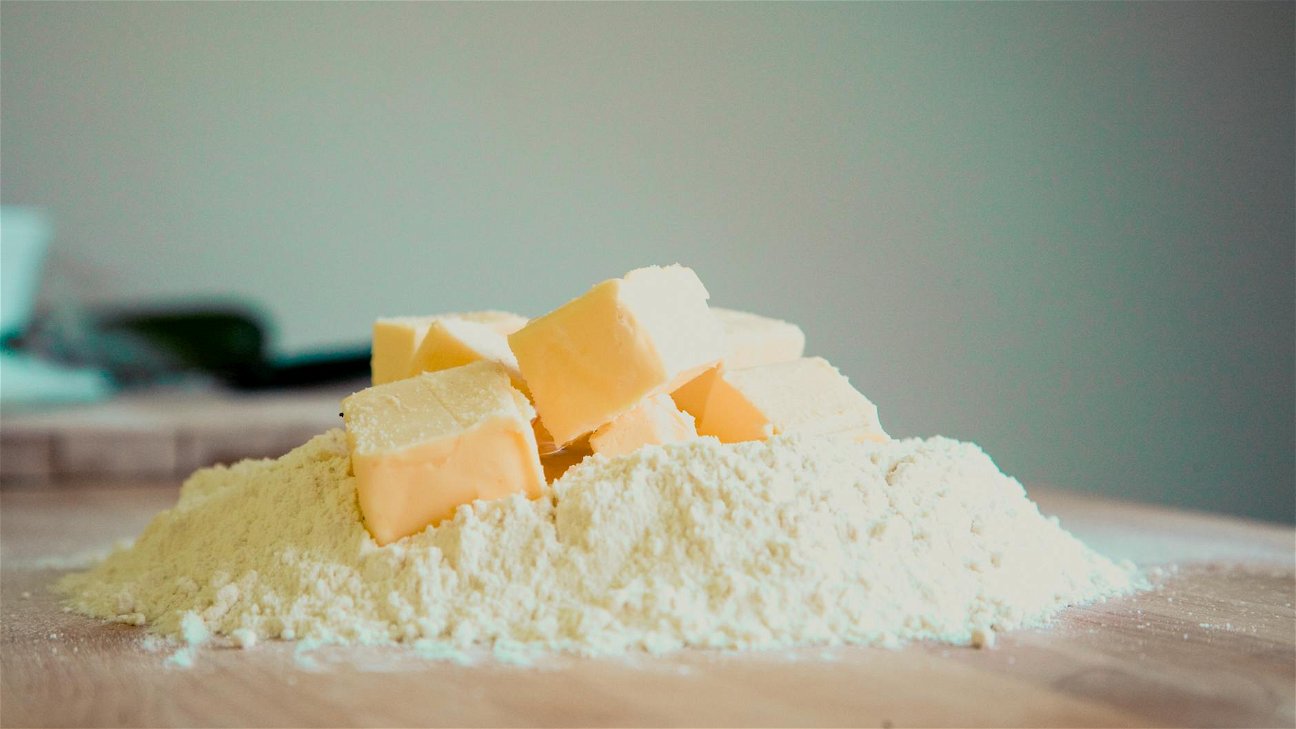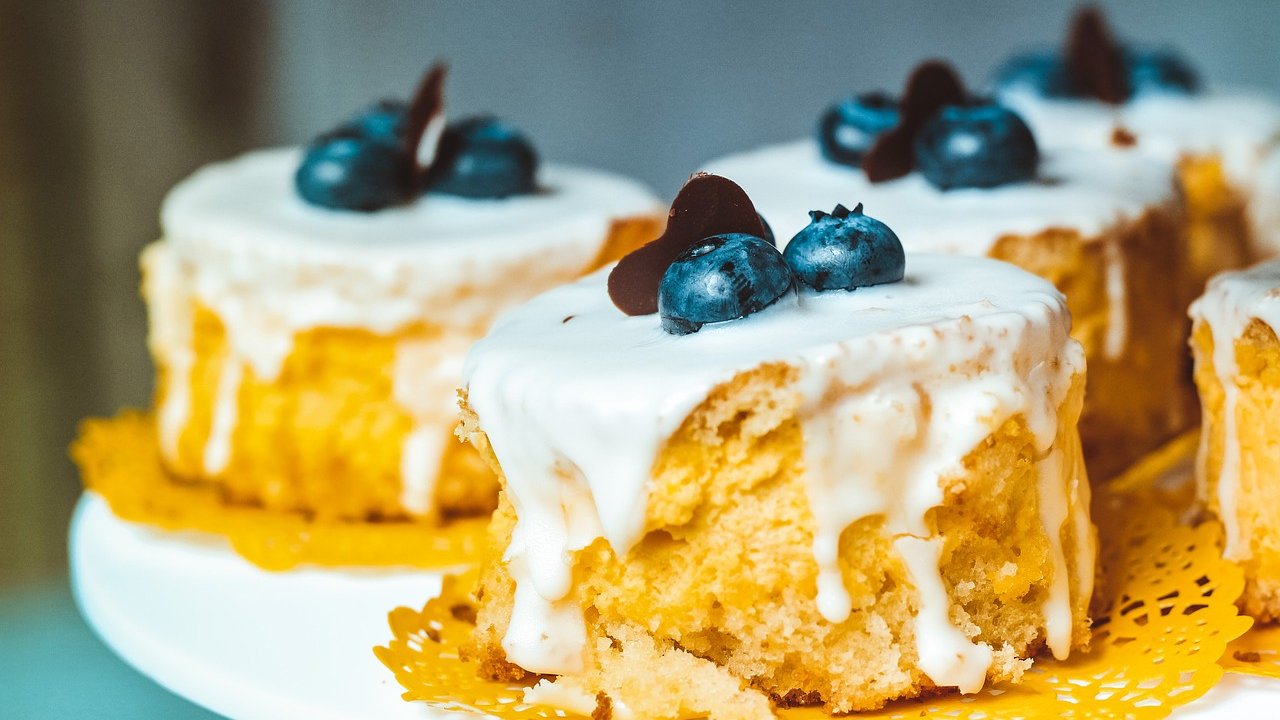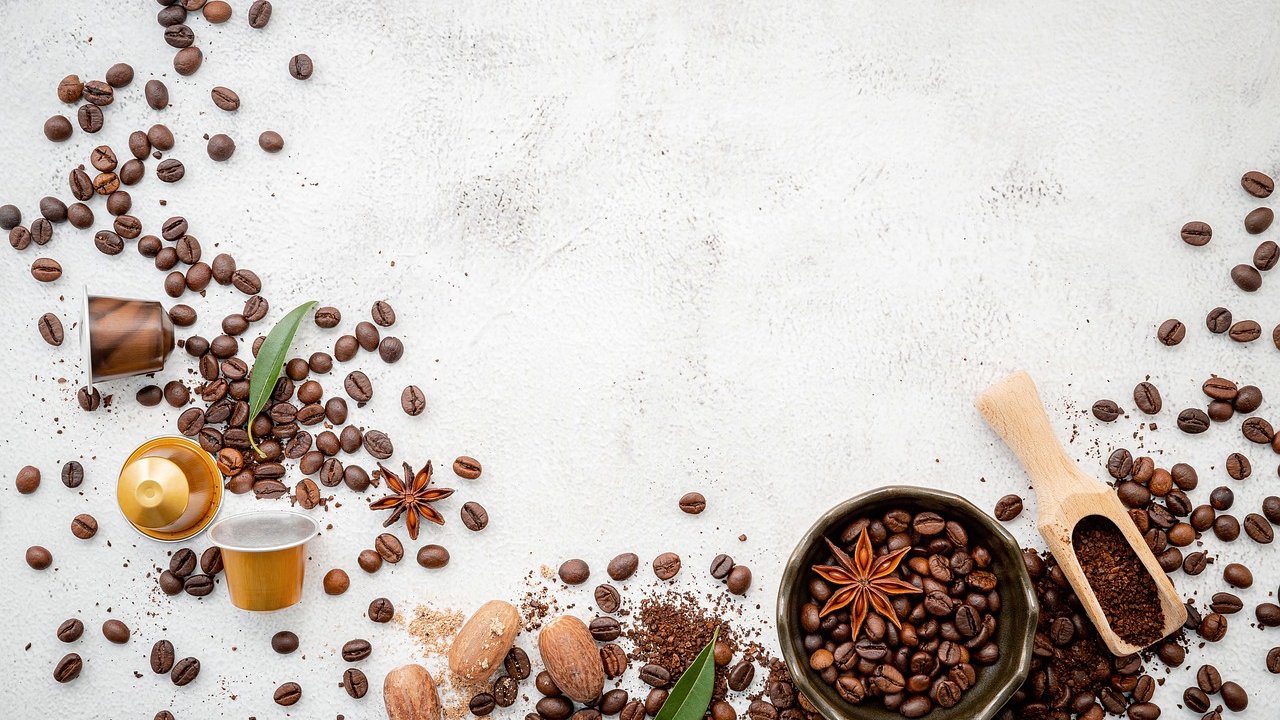
Sourdough bread, with its unique tangy flavor, is a favorite among many bakers and bread lovers. This bread, unlike most, relies on slow fermentation using a live culture or 'sourdough starter', rather than commercial yeast. By embracing slow fermentation, you can create loaves with greater flavor depth, a lovely crust, and a longer shelf life. This article will guide you through the sourdough basics, from making your own starter to baking a perfect loaf.
Understanding sourdough and slow fermentation
Sourdough baking starts with a 'sourdough starter' - a simple mixture of flour and water that's allowed to ferment. Wild yeast and lactic acid bacteria present in the flour start to multiply, creating a bubbly, tangy mixture. This is your natural leavening agent, the heart of all sourdough baking.
Slow fermentation is the key to sourdough's unique characteristics. Commercial yeast gives a fast rise but lacks the depth of flavor and texture that a long, slow ferment provides. Slow fermentation allows for the development of complex flavors and also aids in breaking down the proteins and starches in the flour, making the bread more digestible and nutritious.
Making your own sourdough starter
- Mix equal parts of flour and water in a jar. Cover loosely and let it sit at room temperature.
- Feed the starter daily by discarding half of it and adding an equal amount of fresh flour and water.
- After a few days, the mixture should start bubbling and developing a sour smell. This indicates that it's active and ready to use.
Baking with the sourdough starter
Once your starter is active, it's time to bake. Here's a basic sourdough bread recipe to get you started:
- 1 cup active sourdough starter
- 3 cups flour
- 1.5 cups water
- 1.5 tsp salt
Mix all the ingredients together and knead until it forms a smooth dough. Let it rise at room temperature until it has doubled in size (this might take anywhere between 6 to 24 hours due to the slow fermentation). Shape your loaf, let it proof for another 2-4 hours, and then bake at 475 degrees for 30 minutes, or until the crust is golden brown.
Maintaining your sourdough starter
The key to a happy sourdough starter is regular feedings. Feed your starter every day if it's at room temperature, or once a week if it's in the fridge. Also, remember to always use equal parts of flour and water to keep the fermentation process in balance.
Embracing the slow fermentation process might feel a bit daunting at first. But once you taste the results, it's hard to go back.











